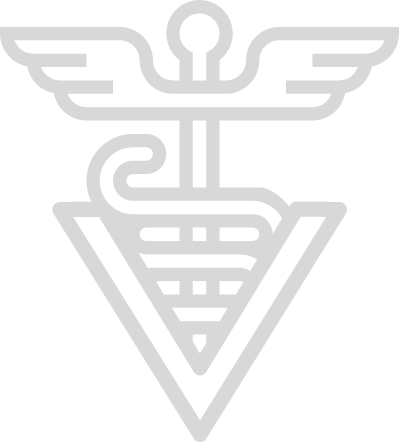
YOU ARE OBSERVING
Abrasion or Scrape on Lower Limb or Leg
Summary
Superficial abrasions or scrapes to the lower limb commonly occur when horses catch a limb in a fence or rope, contacts their limb with another limb or foot, trips or falls, or is injured by another horse. We hope that superficial abrasions only involve the loss of hair and skin with minimal involvement of the underlying bone or tissues. Anything that penetrates deeper may be considered a wound or laceration and has the potential to involve joints and tendon sheaths.
Lameness is a key indicator of severity. If your horse is lame at the walk, your role depends on how you want to manage the risk. There are critical and fragile structures right under the skin in the lower limb. If the injury is serious, early treatment could make a big difference to long term prognosis.
Some horses will be very lame for 15 minutes after injury but then quickly improve.
-
Code Red
Call Your Vet Immediately, Even Outside Business Hours- If severe lameness accompanies this sign.
-
Code Green
Contact Your Vet to Obtain Useful Advice & Resources- If you do not notice lameness.
your role

What To Do
At minimum, you should describe any lower limb injury to your vet and have them help you decide whether your horse should be seen.You can assess lameness at the walk and trot, and get a sense of the degree of swelling and pain at the site. The specific location of the abrasion may or may not give a clue to the nature of further injuries. In general, abrasions to the front of the limb should be considered less concerning than abrasions to the rear of the limb. Treatment with ice or cold water may help reduce swelling and pain.

Skills you may need
Procedures that you may need to perform on your horse.
your vet's role

- Is there any swelling in the area?
- Where exactly is the injury located?
- Is the horse limping or lame?
- If the horse is lame, how lame?
- Are there any open wounds that could be repaired?
Diagnostics Your Vet May Perform
Figuring out the cause of the problem. These are tests or procedures used by your vet to determine what’s wrong.
Diagnoses Your Vet May Consider
The cause of the problem. These are conditions or ailments that are the cause of the observations you make.
Treatments Your Vet May Recommend
A way to resolve the condition or diagnosis. Resolving the underlying cause or treating the signs of disease (symptomatic treatment)
